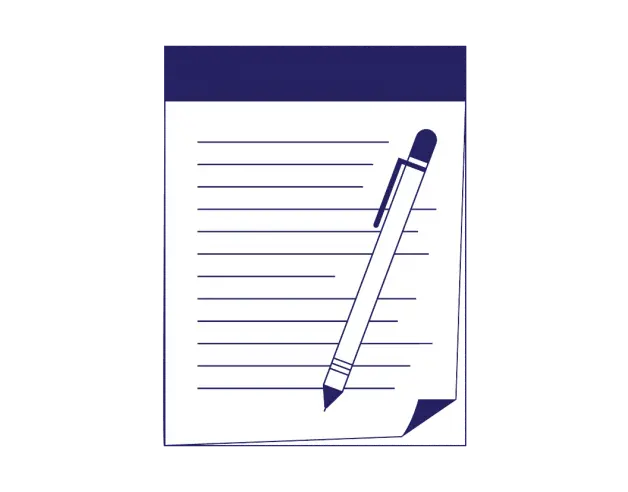
- 3-minute read
- 27th January 2023
A Complete Guide to Apostrophes and Names
The apostrophe symbol (‘) is a handy bit of punctuation that’s used to make a noun possessive (e.g., the cat’s tail) or to show that characters have been omitted, like with contractions (e.g., cannot → can’t) or numbers (e.g., 1995 → ‘95).
While apostrophes serve many functions, they have rules, too. In today’s post, we’ll look at a few of those rules – particularly when using apostrophes with names.
Possessive Apostrophes With Names
To make a name possessive, an apostrophe followed by “s” is placed at the end of the name. For example:
Scott’s house is down the street.
That cat is Allison’s.
If the name already ends in “s,” you have two choices: simply add an apostrophe by itself, or add the extra “s.” For example:
Have you seen James’s new car? ✔
We were invited to Chris’ house. ✔
We were invited to Chris’s house. ✔
Mr. Thomas’ class is difficult. ✔
Mr. Thomas’s class is difficult. ✔
If the name is plural, then you should just add the apostrophe by itself to make it possessive. It should be at the end, not before the “s.” For example:
Let’s get a gift for the Russels’ new house.
Contractions With Names
As we mentioned, apostrophes are also used to form contractions. Names can be part of contractions – most commonly with the verb “is.” For example:
Johnny is locked out of the house. → Johnny’s locked out of the house.
Rob is on his way. → Rob’s on his way.
Understandably, this can look confusing – an apostrophe followed by “s” after a name looks the same for a contraction and a possessive. However, the context will help us determine which meaning was intended. For example:
In this case, if “Abby’s” were a contraction, it would read “Abby is kids,” which makes no sense. Therefore, we can gather that this is a possessive form of the name.
Common Mistakes With Apostrophes and Names
To sum up, here are some of the key things to remember when using apostrophes with names:
Find this useful?
Subscribe to our newsletter and get writing tips from our editors straight to your inbox.
Subscribe to Beyond the Margins and get your monthly fix of editorial strategy, workflow tips, and real-world examples from content leaders.
● If the name is singular, you add an apostrophe followed by an “s” to the end of the name to show possession (e.g., Anne’s jewelry).
● If a name is singular but ends in an “s,” you always add an apostrophe after the name to show possession, but you can also add another “s” after the apostrophe if you prefer (e.g., Jess’ office OR Jess’s office).
● If the name is plural, simply add an apostrophe at the end to show possession (e.g., the Jones’ new baby).
● Forming a contraction with a name also involves adding an apostrophe with an “s,” so be sure to check the context of the sentence to make the meaning clear.
FAQs
Does the Use of Apostrophes With Names Differ in Formal and Informal Writing?
In both formal and informal writing, the rules are the same when using apostrophes with names, but contractions shouldn’t be used in formal writing. Additionally, since there is room for variation when adding an apostrophe and an “s” or just an apostrophe by itself to possessive nouns ending in “s,” be sure to maintain consistency and check with your style guide to see if there’s a preference.
Does the Use of Apostrophes With Names Differ in American and British English?
While American and British English have some variations regarding punctuation, the use of apostrophes with names follows the same rules for both. As before, though, always check with your style guide and ensure consistency.
Proofreading and Editing
We hope this post helps you to use apostrophes with names correctly. If you’re still having trouble, our experts can take a look at your work. We’ll even proofread the first 500 words for free!




